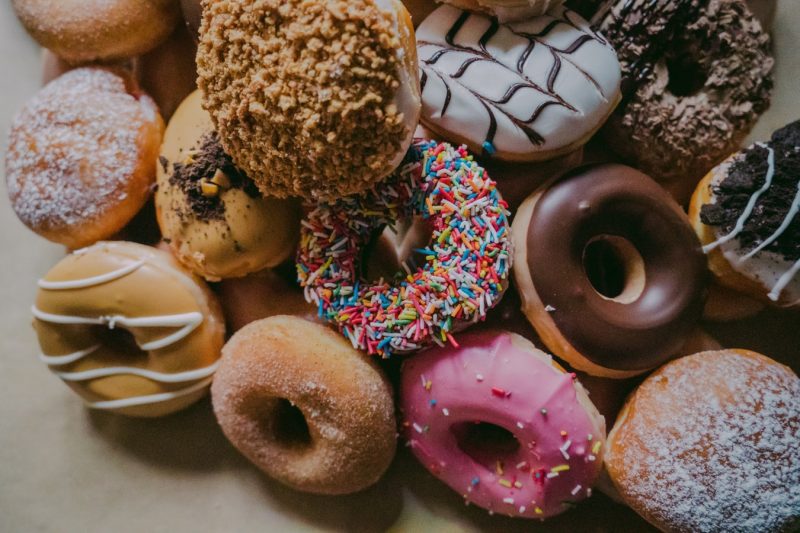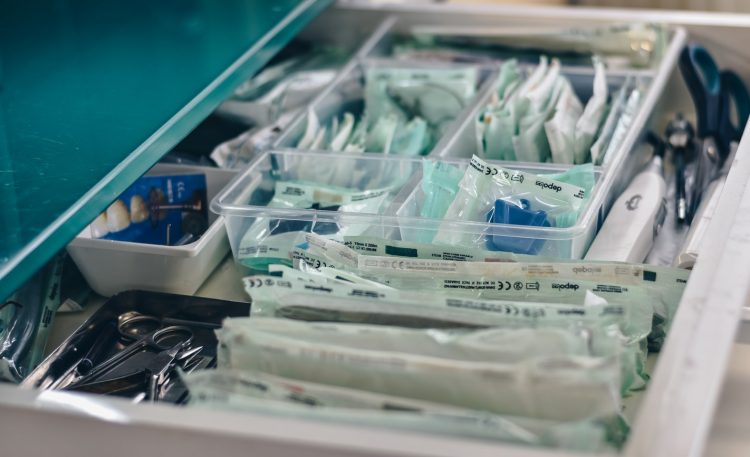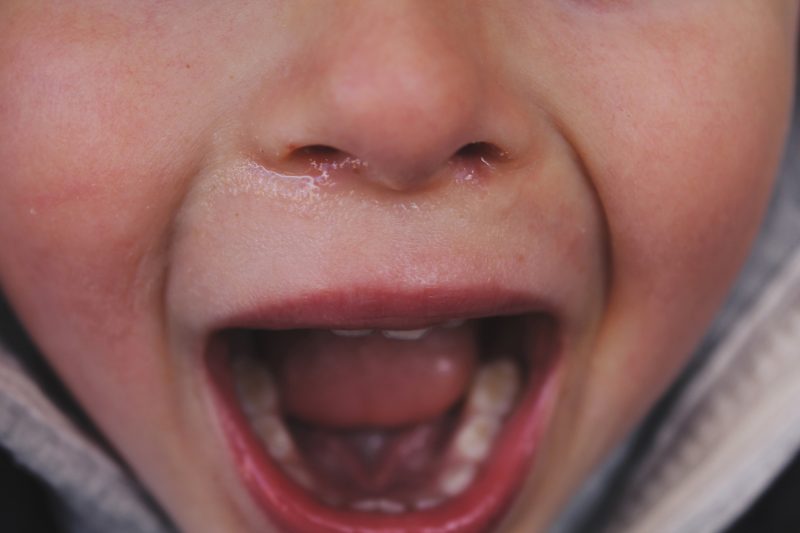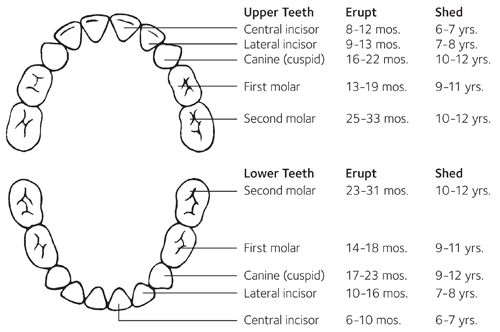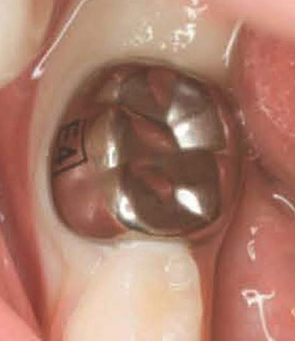
Stainless Steel Crowns: A Stronger Way to Repair Decayed or Underdeveloped Back Teeth
Stainless steel crowns are strong, pre-formed metal caps designed to restore molars affected by tooth decay or improper development, such as hypomineralisation. Made from a blend of stainless steel, nickel, and chrome, these crowns provide a long-lasting alternative to traditional fillings, offering superior durability and protection.
Our dental team selects the best-fitting crown from a variety of sizes to ensure full coverage of the too.th above the gumline. This reliable solution helps strengthen weakened teeth and maintain long-term oral health
Crowns can help protect the tooth from further decay and create space in the mouth for adult teeth to grow. Children who need stainless steel crowns typically fall into one of the following categories:
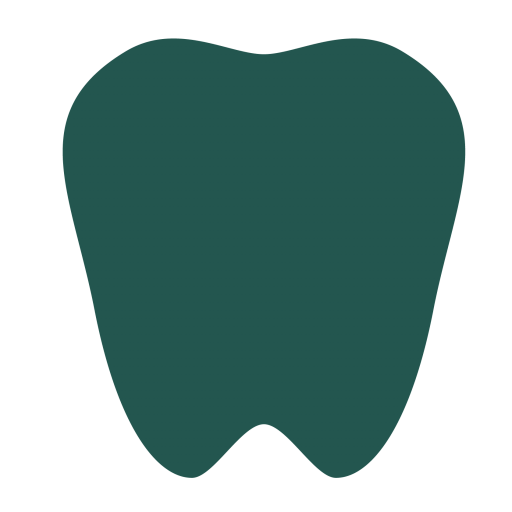




Before
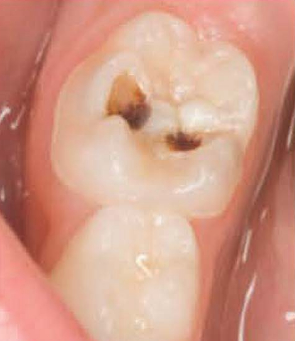
After

Stainless steel crowns have a smooth, silver appearance and are commonly placed on back molars, making them less noticeable than expected. Many children enjoy calling them a “pirate tooth,” “princess tooth,” “transformer tooth,” “silver cap,” or “hat.”
These crowns typically remain in place until the baby tooth naturally falls out as the adult tooth erupts. In rare cases, a crown may need to be removed or replaced earlier.
Stainless Steel Crown Procedure
The placement process may or may not require local anesthesia. In some cases, the crown can be fitted over the tooth with minimal decay removal. If adjustments are needed, the tooth may be shaped for a secure fit. For teeth requiring nerve or root treatment, local anesthesia and more extensive decay removal are necessary before placement. Dentists sometimes use small elastic bands to create space between teeth, ensuring the crown fits properly.
Caring for a Stainless Steel Crown
Once placed, the crown functions like a natural tooth. Children should brush twice daily, just as they would with their other teeth, to maintain good oral hygiene.
Stainless steel crowns provide a durable, cost-effective solution for protecting and restoring decayed or underdeveloped molars in children. If you’re considering this treatment for your child, consult your dentist to explore the best options.

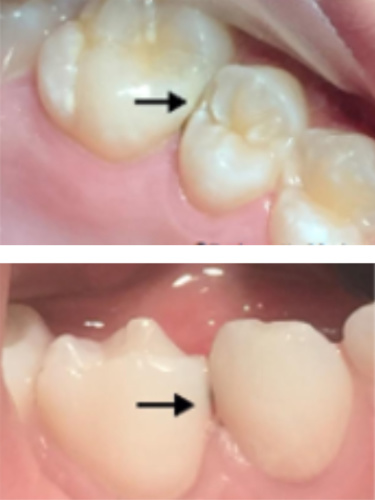
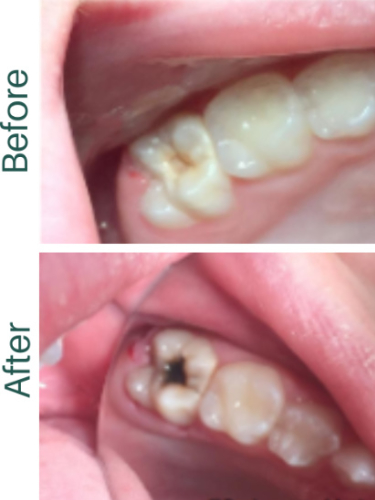
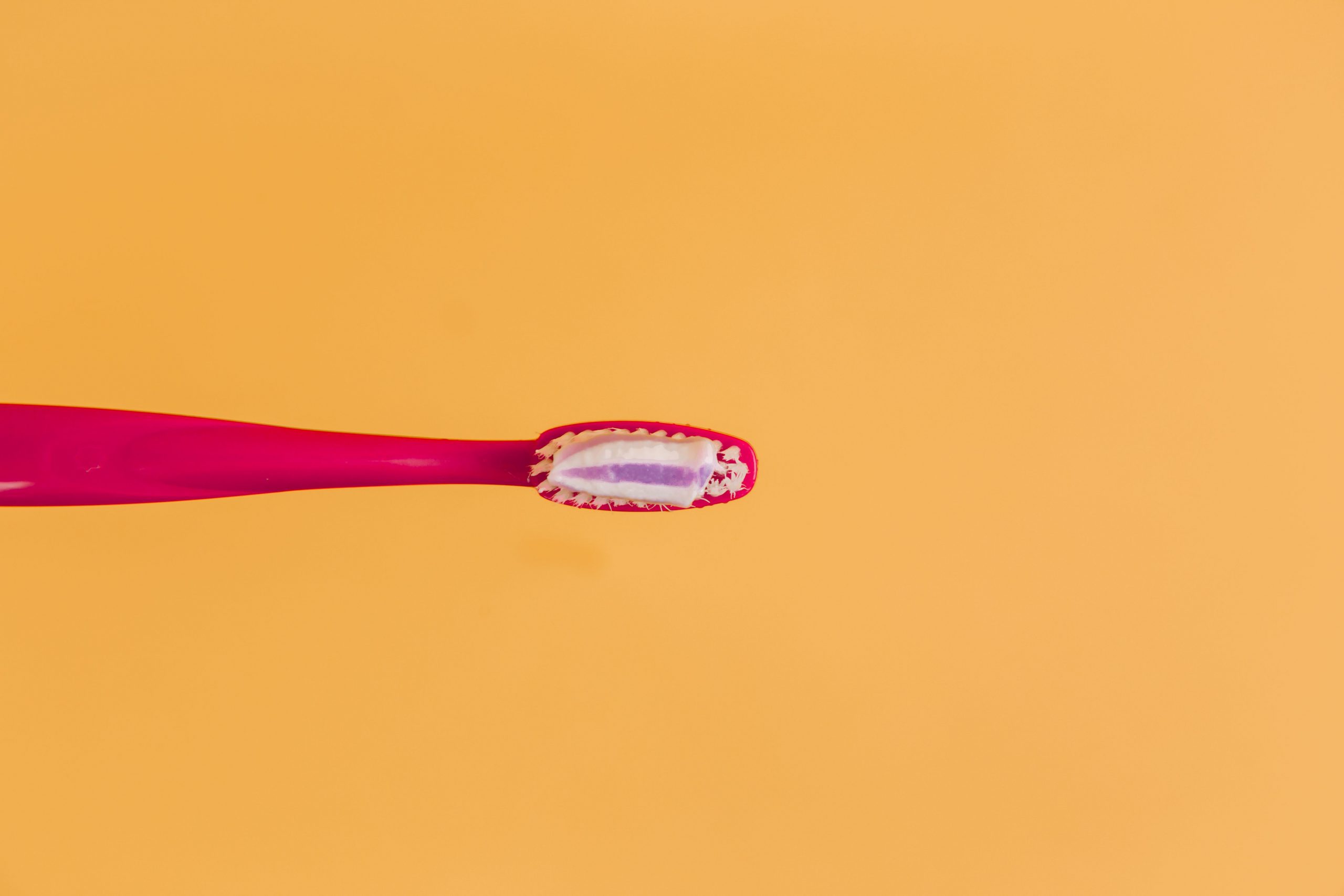


 What is a Vape?
What is a Vape?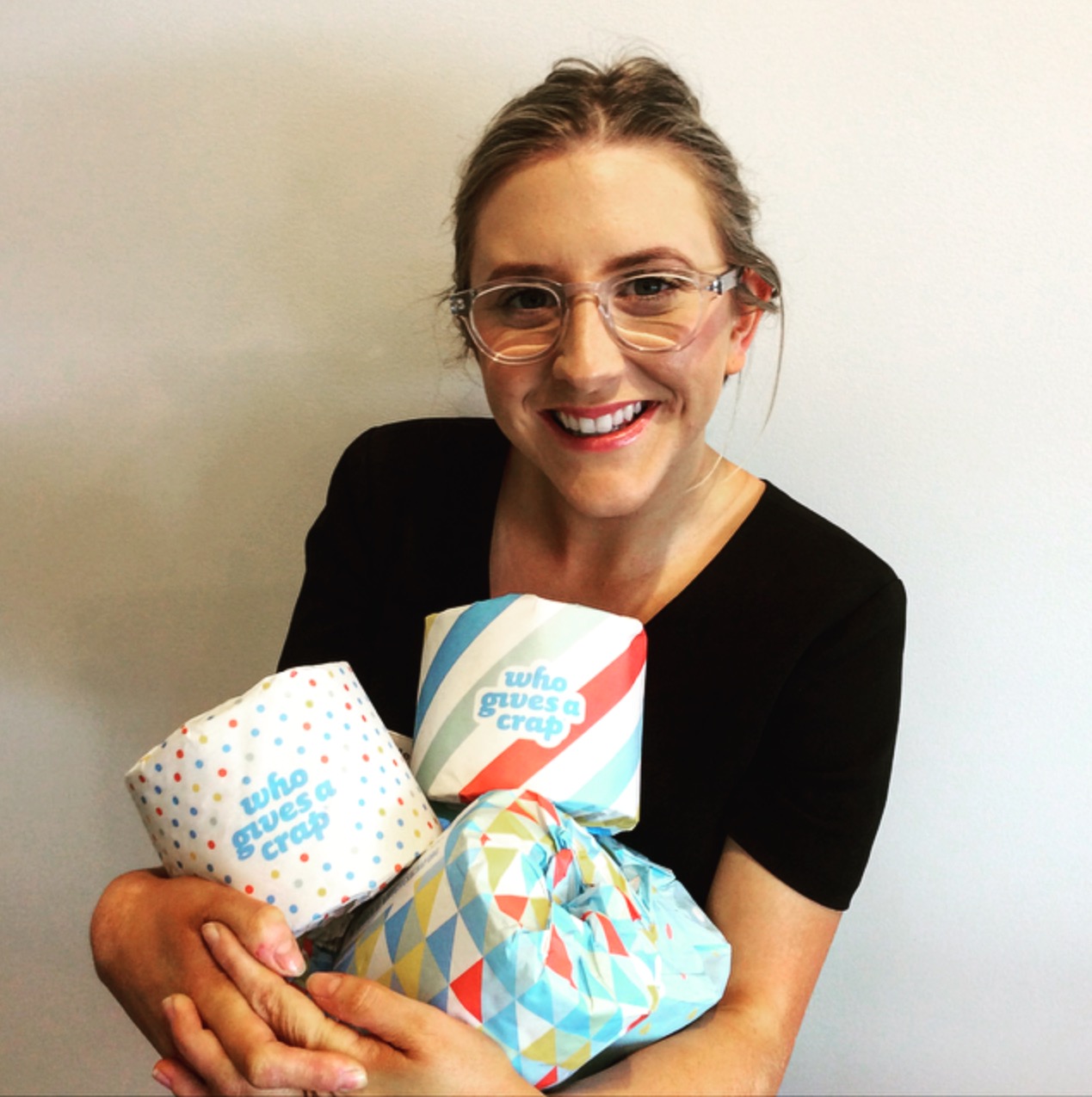
 At Tooth Dental we believe that dentistry shouldn’t ‘cost the Earth’. In 2015 when Dr Lou set up Tooth Dental, she wanted to make the practice as ECO Friendly as possible.
At Tooth Dental we believe that dentistry shouldn’t ‘cost the Earth’. In 2015 when Dr Lou set up Tooth Dental, she wanted to make the practice as ECO Friendly as possible.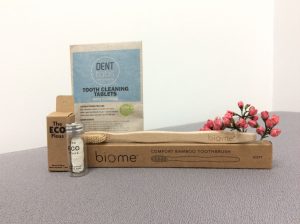 In the Surgery:
In the Surgery: